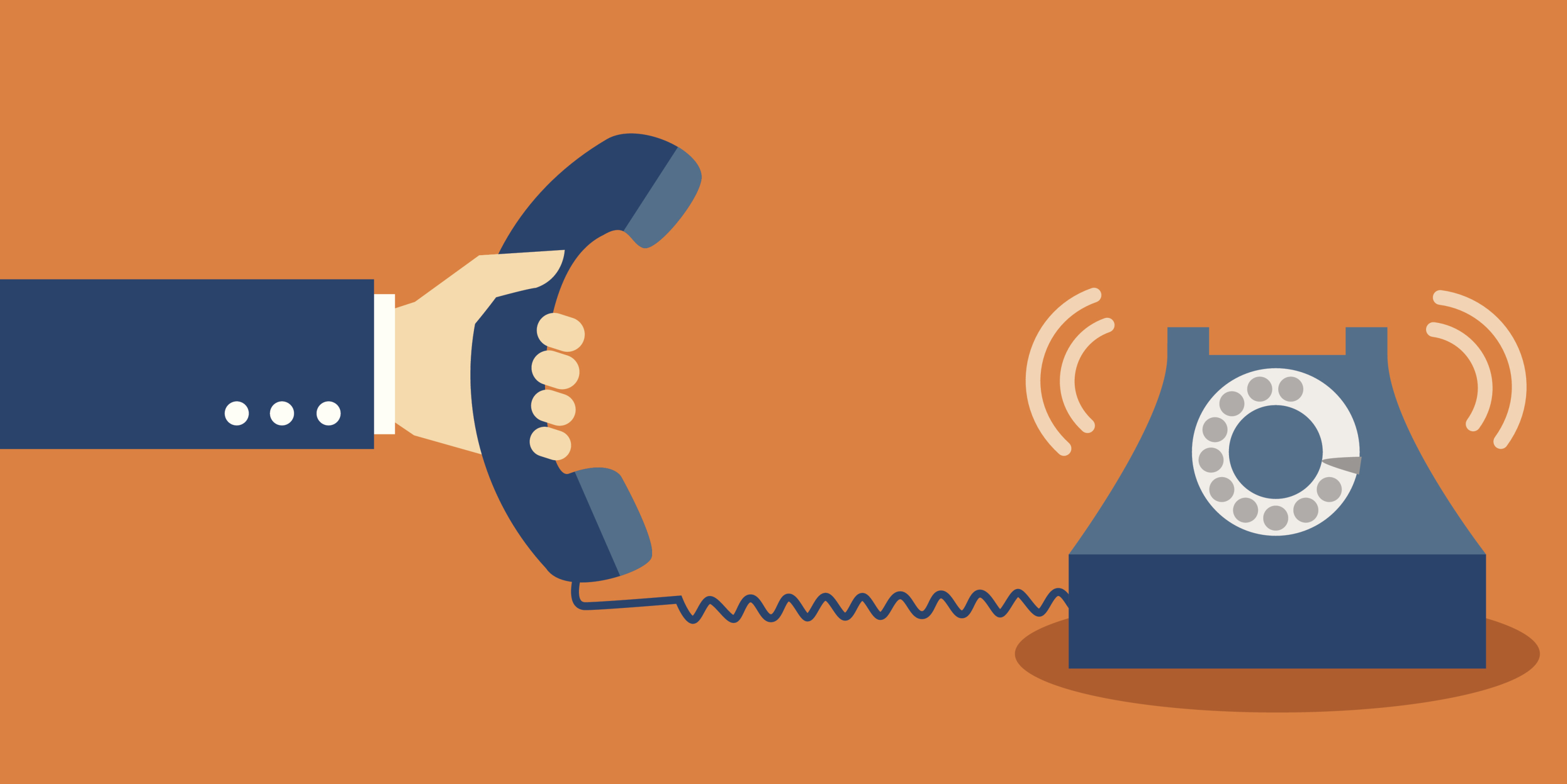How to Improve Your Company’s Donor Communications
 According to Forbes magazine, client miscommunications will inevitably happen, so it’s important to improve the quality and consistency of your donor communications. Doing so will increase donor engagement and ultimately their financial support.
According to Forbes magazine, client miscommunications will inevitably happen, so it’s important to improve the quality and consistency of your donor communications. Doing so will increase donor engagement and ultimately their financial support.
Authentic Messages
Donor’s naturally dislike it when companies talk to them like they are nothing more than sources of money. Donors deserve authentic communication, so maintain a genuine tone when sharing, emailing, posting and interacting with donors. It helps to be direct, flexible and spontaneous. Some organizations remain authentic through avoiding traditional advertising. Instead, they focus on using marketing content to build bonds, provide useful information and encourage participation.
The most successful companies will recognize that the best brands aren’t intangible logos or concepts, but people who are associated with the product. Try cultivating a voice that delights and entertains donors. This will ensure that they talk positively about the company with others. It may be hard, but it’s possible to be both fun, relatable and profession able. One of the best ways to create authentic content is through donor-driven posts on social media platforms.
Understand the Functions of Each Channel
Technology provides almost too many ways of communicating, so it’s sometimes confusing to decide which channel is best for specific projects. Each communication channel offers different advantages and disadvantages. For example, mass emails are scalable, targeted and cost-effective, but they need to maintain a broad tone and message as well as a clear call to action. “Direct mail is more expensive than email, but it offers deeper penetration,” said Sharpe Group. Direct mail is ideal for projects requiring greater or the dissemination of educational information.
Text messages are extremely reliable, but also invasive. Therefore, save them for times when a simple response is needed. Landing pages, such as those that appear when a potential donor has clicked on a banner ad or promotion button, must be brief with a succinct call to action. Video is ideal for demonstrating new products, explaining new things or introducing credible testimonies. They are effective and worth the investment, but they can be expensive to make.
Create a Communication Strategy
Every organization needs a client communication plan and strategy. This is a key component of business and marketing plans. An effective communication strategy will increase referrals, cost-savings and donor retention and satisfaction levels. However, it may only enhance donor relationships if management determines which communication methods donors prefer and why. A communication plan can be created through surveying donors to determine their preferred method of communication, which should include podcasts, social media and even group conference calls.
After this is established, provide educational material based on donors. While generalized information is acceptable, donors respond better to specific and valuable information in relation to individual situations. Create a communication calendar to identify when donors will be contacted via different channels. Be sure to track when donors open emails or click on website’ call to action buttons. Be sure to resend any unopened emails after one week.
Focus on Being Helpful
Create a presence in social media platforms by helping people. After all, donors give their time and money to support good causes, so organizations should spend time crafting helpful posts and replies that raise awareness and encourage community participation. Building these online relationships will support the business and show that the organization isn’t just focused on numbers, traffic and metrics. For example, quickly respond to donor comments or concerns posted on social media. This increases the quality of customer service and minimizes any PR problems.
On the other hand, great content needs to resonate with the target audience. Take the time to truly understand donors and their needs, dreams and preferences. Research their challenges and publish content that helps them meet their goals. For example, an education non-profit may find that their donors also tend to support programs related to child development and foster care. This means that some content can focus on other professional organizations that support such activities.
In the end, quality messages, thoughtful comments and social media engagement are much better than generic, one-sided messages. Here are more tips on how to improve client communication.

















